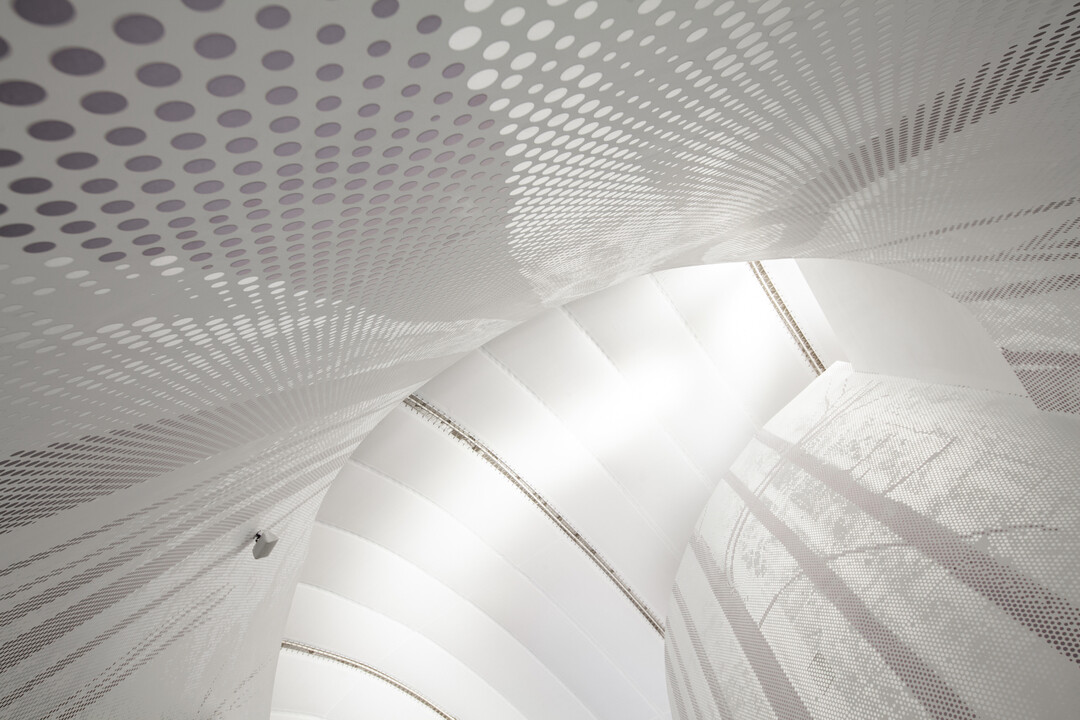
Members Only
Please join as a member and click "Members Only" to read more complete articles and exclusive content.

Please join as a member and click "Members Only" to read more complete articles and exclusive content.
雲石
之間
「雲石之間」座落四周環山遠眺雲海的悠然靜謐之地,這座家族園地的休閒涼亭,選用藍色大理石板輝映天際,翻轉石材的既定印象,讓石若雲朵般漂浮於山海之間。
「這故事其實滿好玩的」建築師張淑征談起這件作品,便暗示了故事結尾的巧合。此座涼亭位在具有家族歷史的中國古典式園區裡,園區內豎立許多厚重石碑,以石刻文字述說著關於家族的故事。在多重石碑堆疊之下,建築師期許著景觀能夠以不同方式呈現,她一反常思,將石頭想像成飄在天上的白雲,將材質及精神上看似不相容的「雲」與「石」重新融合,消除輕重對比,使涼亭建築充分融入地景,同時兼具永久耐候性。
在整座涼亭的實際運用上,片片藍黑石板化成遮陽屋頂。接近天空顏色的藍色拋光大理石折射陽光,創造出光影漂浮的視覺,同時搭配黑色霧面石板,藉由不規則交錯的吊掛處理,多片石板在日光移動下猶如浮雲般形影變幻。亦因此取名為Stone Cloud雲石之間。
然而,此座涼亭作品完成之後,張淑征無意間發現一篇由洪敏隆先生所撰寫的文章,文中將雲和石比喻為文化與經濟,「希望能以文化為前導,在務實的經濟基礎中,積極主動回應社會現實」如此的巧合,讓她發現的當下直呼非常驚訝,怎麼可能有那麼有趣的事情!非刻意而為之的情況下,碰巧運用「雲」和「石」兩種元素,透過設計的想像完成了這座涼亭作品之餘,也為她帶來體悟,在許多時候都應抱持著開放心胸去接受環境給予的訊息,無論是自然、地理、人為等元素都能成為一個值得在意的「點」,當這些「點」與「點」開始串聯,形成一張偌大的訊息網,靈感創意便會在此時浮現,這就是創作好玩的地方,當這個時刻發生,彷彿這一生都值得了。